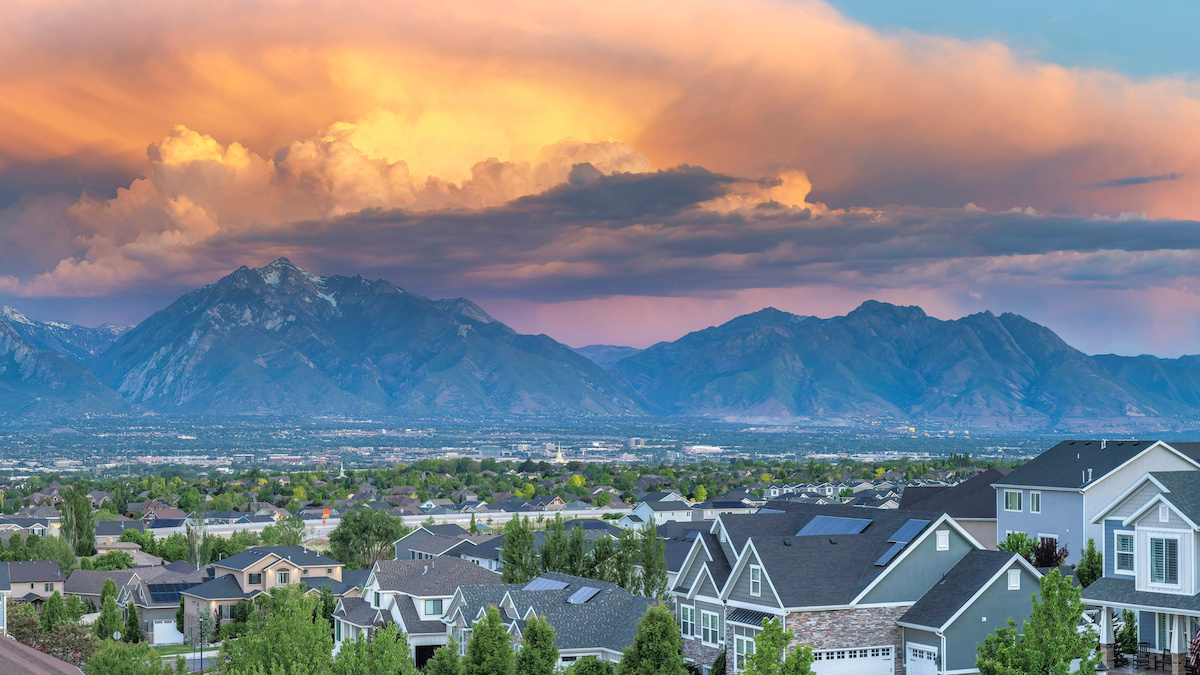Housing is more than just a place to live; it has significant economic, psychological, and symbolic impacts on the quality of life for Utah residents. Access to safe, affordable, and stable housing is crucial for meeting other basic needs, such as education, transportation, and employment opportunities.
However, Utah is currently facing a housing shortage due to its rapidly growing population and rising rents, which have led to a decrease in affordable units.
While several cities in Utah have recognized this issue and increased their budgets to create incentives for affordable housing, the challenge of establishing more affordable housing remains. Meanwhile, an obvious solution has been largely overlooked: easing occupancy limits.
Occupancy limits are standards that determine the legal number of people allowed to live per dwelling unit.
Initially, government interests, landlords, property managers, and condominium associations’ concerns led to the implementation of limits on the number of people that can live together. Health, safety, and capacity concerns also influenced the establishment of restrictive occupancy limits.
Legislators feared that “overcrowded” spaces risked citizens’ lives, purporting psychological harm from living in “inappropriate” facilities, spreading contagious diseases, or making it difficult to exit in case of a fire.
While policymakers are rightly concerned about potential negative effects of overcrowded spaces, overly restrictive residential occupancy standards have extensive and detrimental public policy implications.
First, occupancy limits constrain Utahns’ access to the most affordable and sustainable housing option available: bedrooms in existing buildings. Second, they may result in discrimination against low-income households, people with disabilities, students, immigrants, and religious groups that traditionally have larger families. Additionally, occupancy regulations may force Utahns to go against their cultural preferences/norms, reconfigure their household composition, and accept inferior locations.
Simultaneously, occupancy limits slow the inevitable process of adapting aging neighborhoods to current trends. This is troubling to landlords who want to reform existing buildings and deprives renters of exercising control over their desired living situations.
Stringent occupancy limits leave Utahns with the difficult choice of conforming to unjust restrictive residential occupancy standards or breaching their city code.
State courts in California, Michigan, New Jersey, and New York have already begun to take action against poorly conceived occupancy limits, supporting the case for state legislative action in Utah. With high housing prices and increasing demand, reforming occupancy limits is crucial for increasing affordable housing and enabling Utah residents to freely pursue their desired living lifestyle.






